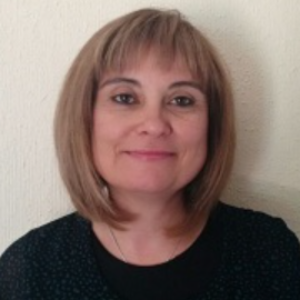Title : Valorization of chloromethane wastes to valuable hydrocarbons by hydrodechlorination with supported metal nanoparticles catalysts
Abstract:
Chloromethanes constitute very dangerous waste products from many industrial processes. Despite their harmful effects, and because of their particular physical and chemical properties, some of them like chloroform (TCM) and dichloromethane (DCM) are still widely used in industry, and consequently large amounts are released in residual effluents through liquid and gas streams. There are several techniques available for their removal; however, their reuse for the production of valuable hydrocarbons would be more interesting. Olefins are currently one of the main building-blocks for petrochemical industry, and ethane and propane constitute very important petrochemical feedstocks for their synthesis. In this study, the valorization of chloroform (CLF) by gas-phase catalytic hydrodechlorination (HDC) with several carbon supported metal catalysts is presented, in order to maximize the selectivity to ethane and/or propane. The influence of the metal selected, support, preparation and operating conditions in the physico-chemical properties of the catalysts and their performance in the process in terms of activity and selectivity was investigated. The catalysts prepared include Pd, Pt, Rh and Ru supported on a commercial activated carbon; Pd supported on several carbons prepared by chemical activation of lignin with different activating agents, like H3PO4, FeCl3 and NaOH; and Pd supported on carbon nanofibers. All the catalysts were prepared by the incipient wetness impregnation method from metal salts, with a metal content of 1wt%. The catalysts were fully characterized by N2 adsorption-desorption at -196 ºC and CO2 adsorption at 0 ºC isotherms, TPR, NH3-TDP, XRD, XPS and TEM. The HDC experiments were performed in a continuous flow reaction system containing a quartz fixed bed micro-reactor (CTCM= 1000 ppm, H2/DCM (molar) = 100, τ = 0.8 kgcat·h·mol-1 , T= 75-300 oC). Prior to reaction, the catalysts were reduced “in situ” under a H2 flow (50 Ncm3·min-1) at 250ºC for 2 h. Pd showed the best performance when compared to the other metals , which can be attributed to the formation of more stable intermediates and/or the lower desorption energies of products, in accordance to previous studies. Pd catalysts were found to be very efficient for the formation of C2+C3 hydrocarbons, with TCM conversions near 100% and selectivities to those hydrocarbons up to 80%. Pd is present in the catalysts surface in zero-valent (Pd0) and electro-deficient (Pdn+) state, with different proportions depending on the catalyst. Mean metal particle sizes in the order of 2-14 nm were obtained. Selectivity to C2+C3 hydrocarbons is favoured by increasing Pdn+/Pd0 ratio and the basicity of the catalyst surface. The intrinsic activity of the catalysts (TOF) increases with metal particle size between the range explored.



